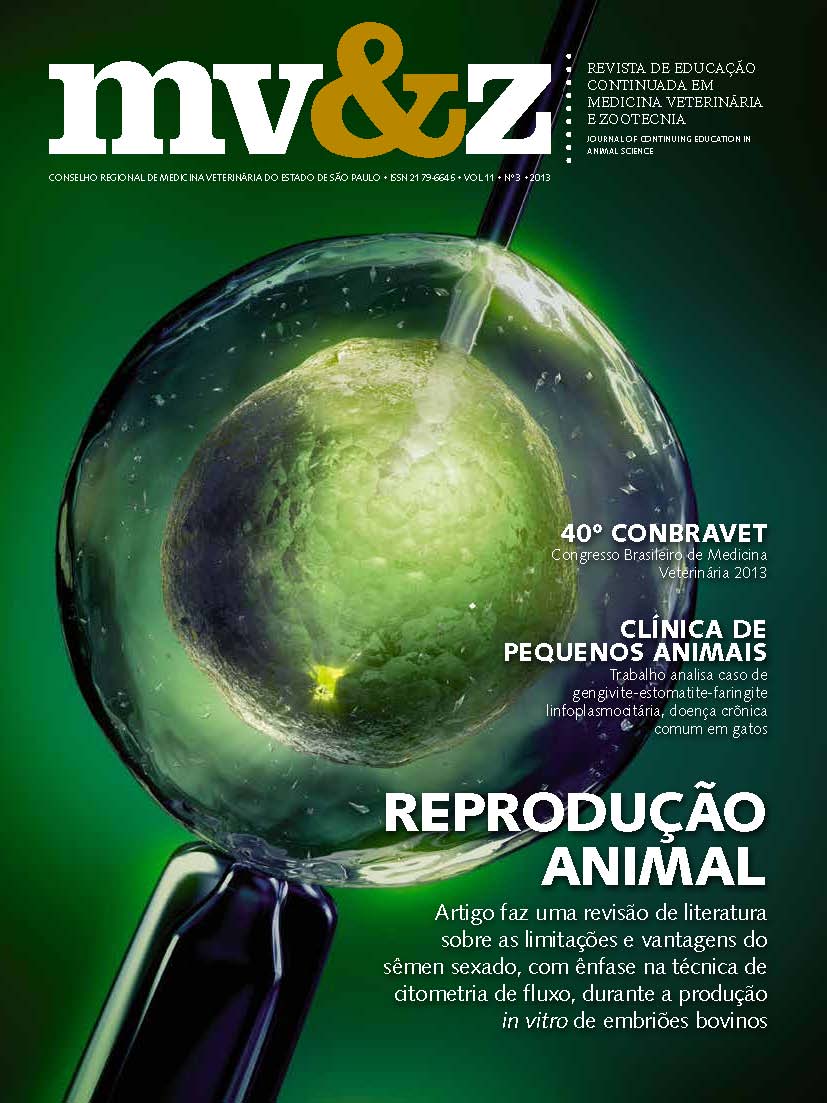Neutralizing antibodies in serum and CSF in antemortem diagnosis of suspected cases of rabies received in the laboratory diagnosis of rabies at the Pasteur Institute from january 2011 to april 2013
Main Article Content
Abstract
Different techniques can be used for antemortem diagnosis in suspected cases of human rabies. The techniques for detecting virus in saliva, cerebrospinal fluid (CSF), hair follicle, corneal impressions include direct immunofluorescence (DIF), RT‐PCR and gene sequencing. However, the neutralizing antibody (VNA) titers in serum and CSF are important to ascertain how the individual is responding immunologically against rabies virus infection. The aim of this study was to analyze the techniques SFIMT and RFFIT, the presence of VNA in serum and CSF of patients suspected of rabies that had no history of the serovaccination. From January 2011 to April 2013 there were received serum and/or CSF of 19 suspected cases of rabies sent to the serology laboratory for the presence of VNA in serum and CSF by Rapid Fluorescent Inhibition Test (RFFIT) and Simplified Fluorescence Inhibition Microtest (SFIMT). Five cases were confirmed by the joint evaluation of virological and serological techniques. In three cases were confirmed the disease progress by monitored sampling on successive days. The highest titer of VNA was 3.59 IU/mL in serum sample of a case with a single sample, and 0.25 IU/mL in CSF samples from another case, and they were collected near the date of death. Some samples showed a low titre of VNA, which may be related to the collection period in relation to stage of disease, because in most cases the production of antibodies occurs late in cases of infection by rabies virus. These results show that the presence of VNA in samples of unvaccinated patients may be indicative of virus infection, and emphasize the importance of early diagnosis in suspected cases of rabies.
Article Details
1. Autores mantém os direitos autorais e concedem à revista o direito de primeira publicação, com o trabalho licenciado sob a Creative Commons Atribuição-NãoComercial-SemDerivações 4.0 Internacional
2. Autores têm autorização para assumir contratos adicionais separadamente, para distribuição não-exclusica da versão do trabalho publicada nesta revista (ex.: publicar em repositório institucional ou como capítulo de livro), com reconhecimento de autoria e publicação inicial nesta revista.
3. Autores têm permissão e são estimulados a publicar e distribuir seu trabalho online (ex.: em repositórios instituicionais ou na sua página pessoal) a qualquer ponto antes ou durante o processo editorial, já que isso pode gerar alterações produtivas, bem como aumentar o impacto e a citação do trabalho publicado (Veja O Efeito do Acesso Livre);
